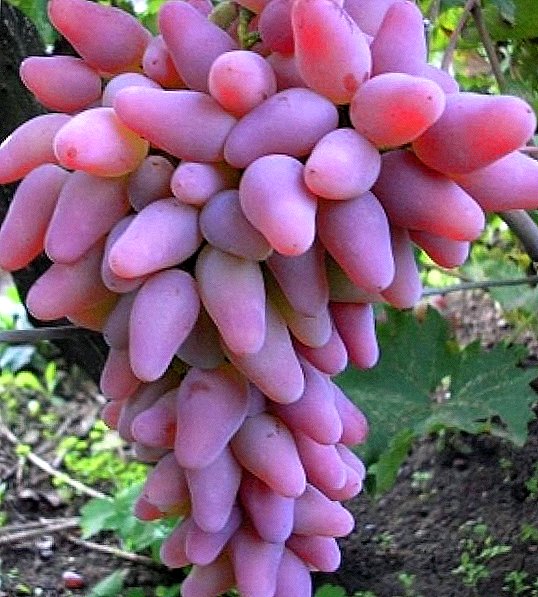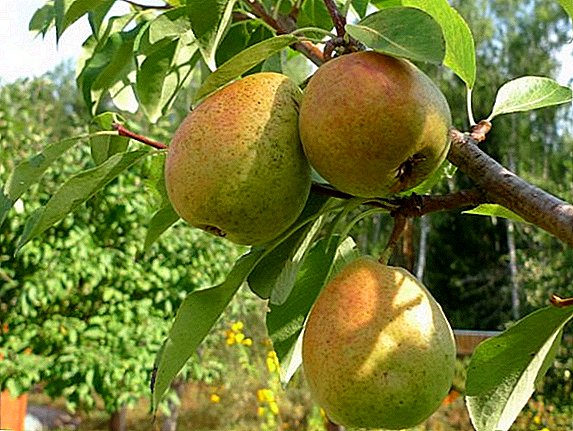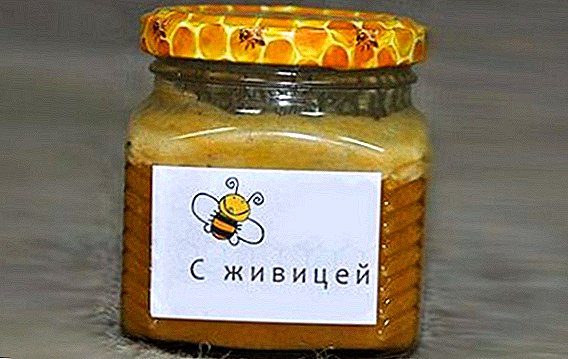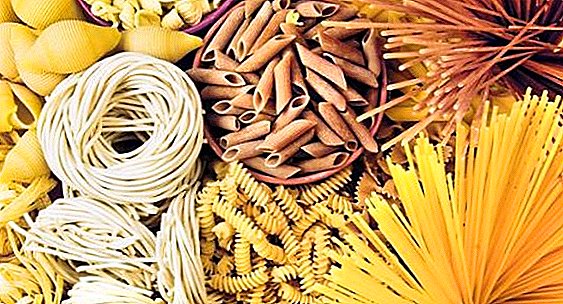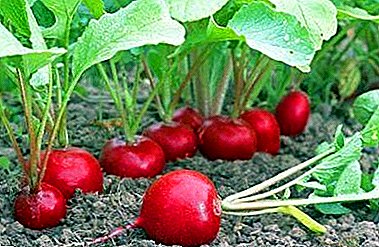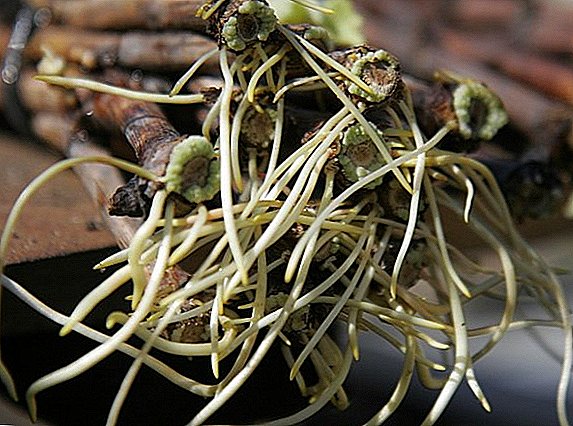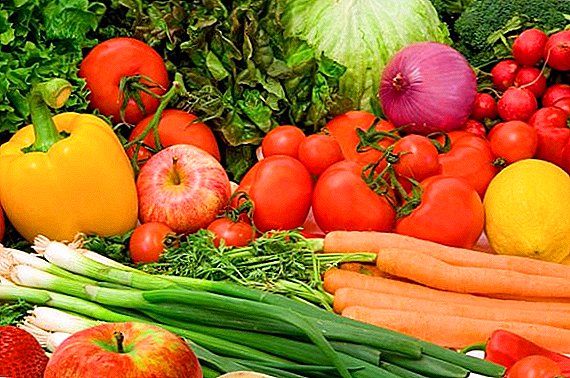 Gardeners traditionally prefer organic fertilizers. For private farms it is a cheap and safe material that helps to fight for the harvest. But it is important to know how to interfere with the "organic", and how much to make it. Let's see the usefulness of the slurry at the site.
Gardeners traditionally prefer organic fertilizers. For private farms it is a cheap and safe material that helps to fight for the harvest. But it is important to know how to interfere with the "organic", and how much to make it. Let's see the usefulness of the slurry at the site.
Description and composition of fertilizer
Slurry refers to fast-acting nitrogen-potassium compounds. The basis of the solution is water (98.5-98.8%). The average potassium content is 0.45%, while nitrogen is 0.25%. But phosphorus is very small: within 0.01% of the volume. The active ingredient is urea.
Potassium and nitrogen, therefore, dissolve well and are well absorbed by plants. Nitrogenous urea, reacting to the action of urobacterium, quickly passes into carbonic ammonium. At the same time, it evaporates quickly, thereby the lean mixture (therefore, the liquid is kept in closed containers).
Important! To dissolve the solid substrate faster, the liquid is stirred every 2-3 days.Storage conditions can adjust the value of the solution: the same nitrogen can "fall" to a concentration of 0.02% or, conversely, "jump" to 0.8%. The same happens with potassium - the content can vary from 0.1% to an impressive 1.2%.
Speaking of what a slurry is, it is worth mentioning one more thing: in terms of the efficiency of plant absorption, such a remedy is closer to mineral water than to organic compounds.
How to get and store slurry
Its popularity fertilizer due to ease of preparation. From the remanent you need only large volume containers. Best suited to the ground in a barrel barrel per 100-200 liters. "Ground" containers are suitable, for example, a tub.
Here is the list of ingredients:
- manure;
- water;
- superphosphate;
- ash.
 The container is filled with about 1/3 of the volume of manure and filled with water to the top. Then add superphosphate (50 g per 10 l bucket). Ash will need more - 1 kg / 100 l of liquid. All this is thoroughly mixed, and the barrel covered with a tight lid film. Give brew for 10-14 days, stirring occasionally. At the same time insects should not fall into the muck.
The container is filled with about 1/3 of the volume of manure and filled with water to the top. Then add superphosphate (50 g per 10 l bucket). Ash will need more - 1 kg / 100 l of liquid. All this is thoroughly mixed, and the barrel covered with a tight lid film. Give brew for 10-14 days, stirring occasionally. At the same time insects should not fall into the muck.Did you know? In 1775, the book of the agronomist A. Bolotov, "On fertilizer of land", was published, in which the benefits of using manure-based fertilizers were proved.Fertilizer is often kept in the shade. On hot days, fermentation is much more active, but after removal, most of the nitrogen will simply evaporate. On the site the best place would be a barrel standing by the tree.
Manure is used as the main material, most often cow. You can take and pork - it is much richer in nitrogen (initially 0.31% versus 0.09% in the mullein).
Organic fertilizer application
Before feeding, slush must be mixed with clean water. This is a necessary measure - if you pour only the prepared concentrate, the roots will simply “burn out”.
It is used both in pure form and as an element of compost. At the same time, already dried peat is poured with liquid manure (per 1 kg of peat it takes from 0.5 to 2 liters of liquid). It takes into account the type of soil and its condition. For light, well-groomed soils, the concentration does not matter, whereas the land with the release of limestone requires the smallest dose, and some farmers refuse to use this method at all.
Important! In the fresh material can be harmful to plants microorganisms. They disappear as insisting, so give a couple of weeks more liquid.It happens that the peat is a little acid. This is corrected by adding 1% lime.
How to make slush, we already know, go directly to the application of the composition.
Feeding in the garden
Gardeners know that fertilizer and abundant feedings can be applied from the second year of growth.
Sludge is poured into rifle circles with grooves done. They are trying to make a little more so that the nitrogen component gets closer to the rhizome. This treatment is done in the spring, before flowering. Water is “mixed” with a slurry (5 liters per 1 l of funds, 1/6 is possible) and evenly poured at the rate of 10 liters per 1 sq. M of young tree podstvolnoy square. The old tree with developed branches will need two times more, but without fanaticism.
For poor soils, the concentration is increased 1.2-1.5 times, whereas for well-kept soil it can be diluted less.
The second feeding is done when annual shoots have gone to growth. If such a measure was not enough, then after 35-40 days there should be another application.
Did you know? A significant contribution to the development of soil science was made by V. Dokuchaev, who for 6 years (1888-1894) studied the soils of the Poltava province. On their basis, detailed soil maps were compiled, and some methods of research under his authorship are still used.There is one more nuance: stone fruit trees feed through the stem circles from 2 to 5 years, in other species (apple, pear or cherry) there are no such “requirements”. With age, they only better tolerate such compounds.
Manure itself in the garden is used neatly, "shock" feeding is carried out once every 2-3 years, while the slurry is used much more often. This is due to the fact that a large amount of dry substrate can slow growth.
Use in the garden
The main garden crops tolerate top dressing, especially for pumpkin varieties. But the beans, peas and radishes for such irrigation are indifferent, and many gardeners do not add slush to them. This also applies to kohlrabi cabbage.
For each type of plant has its own technology. Although it is better to make slush after abundant watering.
If you do not have manure, and you still need to feed the plants, we recommend using purchased fertilizers such as Plantafol, Crystalon, Ammophos, potassium sulfate, Zircon, Signore Tomato, HB-101, Trichoderma veidea, Kemira, Siyanie-2, Biohumus , potassium nitrate, Vympel, Ovary
Cucumbers require supplements after 2 weeks, the mixture with water in a ratio of 1:10 is poured over 1 liter under a bush. On a bucket of liquid, you can add 1 tablespoon of superphosphate or potassium sulfate. In the same amount of young zucchini and pumpkin.
Important! Under the influence of a large amount of solution, trees can slow down growth, their leaves fall off later. It is important to know the type of soil and focus on its condition.The first make-up of tomatoes is made 10 days after planting in the ground. Approximately 10-14 days (that is, before flowering) is poured again. The maximum dose is 0.5 liters of solution under a bush.
The optimal time for the first introduction of cabbage - 2 weeks after planting (the same 0.5 liters under the bush). A couple of weeks should be re-treatment. With late varieties and medium-late lines, it is a little more difficult - 2 weeks after the second application, 1.5 liters of liquid are already poured in under the plant, having previously added 30 g of superphosphate to 10 liters.
For the bow follow the scheme 2-3 per 1 sq.m. By the time it is May - the first decade of June, when the feather grows weakly.
Preparing slurry for pepper is carried out with the participation of chicken manure. The first bay is carried out at 14-15 days after landing. At the same time, manure mixed with water in the proportion of 1:15 is added to the slurry.  Both compositions are mixed and poured 1 l of funds for each bush. Re-feeding - immediately after flowering, when a little complex mineral water is added to the slush. In case of a bad ripening, the third approach is made (after the first fruits appeared).
Both compositions are mixed and poured 1 l of funds for each bush. Re-feeding - immediately after flowering, when a little complex mineral water is added to the slush. In case of a bad ripening, the third approach is made (after the first fruits appeared).
Did you know? The starting point in the development of agrochemistry was the work of J. Van Helmont, who in the 1630s. studied the process of feeding plants with water. A considerable contribution to this branch of knowledge was made by M. Lomonosov and A. Lavoisier, who were interested in the effect of air on rhizomes of various species.Under the beet, mullein in liquid form is poured after the bed has been thinned. 1 l of liquid is added to 8 l of water, this is enough for 8 linear meters of the row.
Advantages of using slurry for garden and garden crops
This composition has a number of advantages that make it almost indispensable in any area:
- Ease of preparation.
- Well mastered by most garden crops and fruit trees.
- Quickly absorbed by plants without additional processing.
- Helps seedlings at any stage of development. Stimulates the growth of "young" and supports the nutritional balance of powerful plants.
- Increases yield.
- Full safety of the solution with respect to the proportions and the correct introduction.
We hope this information will be useful for beginning gardeners, and even experienced gardeners will refresh some moments in memory. Good yields!


